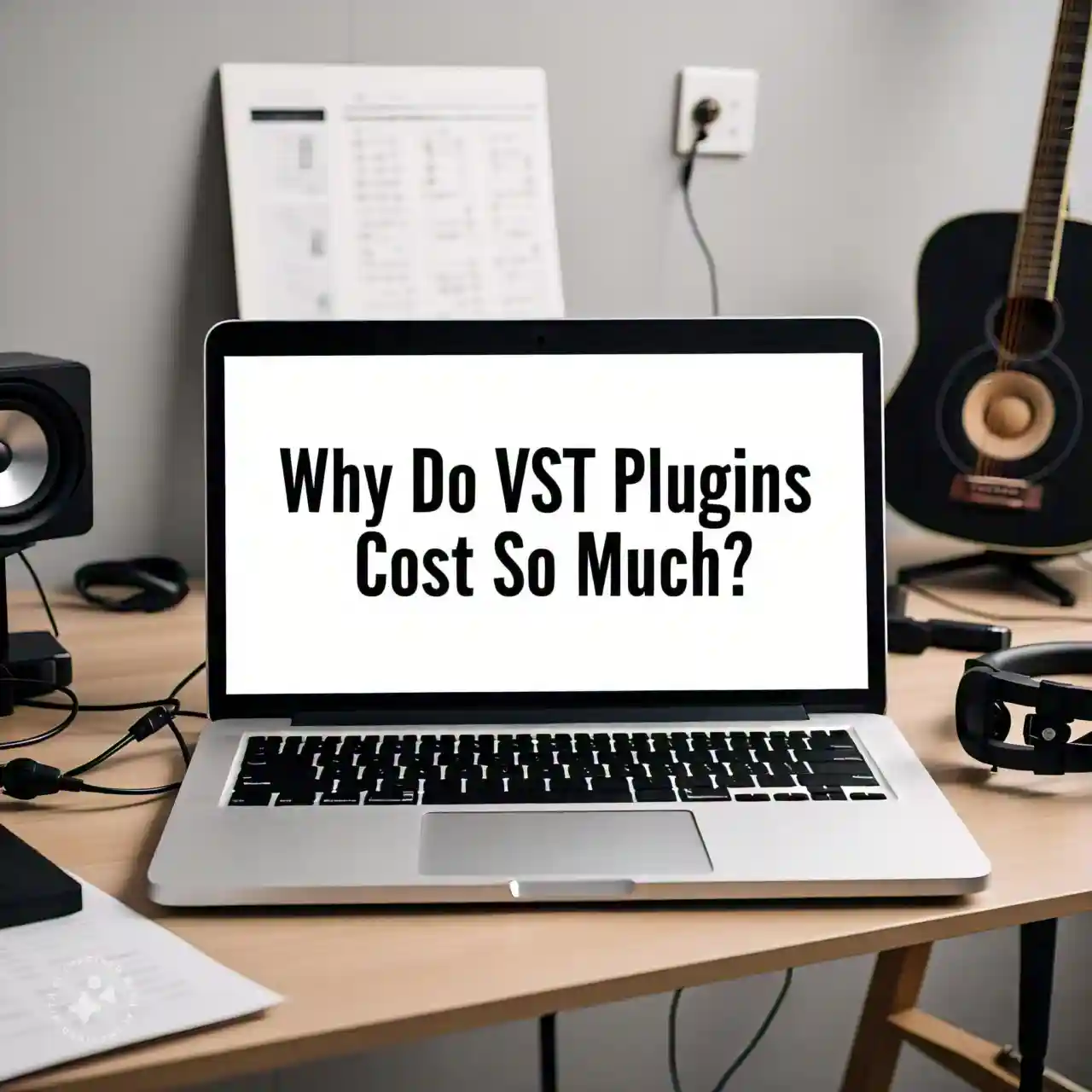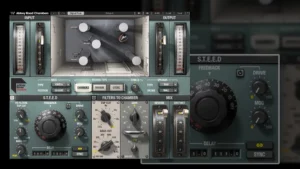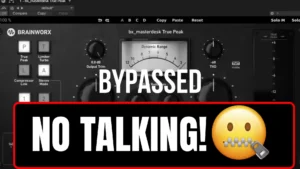
Table of Contents
Why Do VST Plugins Cost So Much?
The world of music production has evolved significantly over the past few decades. Virtual Studio Technology (VST) plugins are now indispensable tools for producers, composers, and sound designers. However, one common question in the industry remains: Why do VST plugins cost so much? To answer this, we’ll delve into the intricate world of plugin development, the value they provide, and the economic factors influencing their price.
Understanding VST Plugins
What Are VST Plugins?
VST plugins are software tools that simulate audio effects, instruments, or sound manipulation techniques. They integrate into digital audio workstations (DAWs) to provide enhanced functionality. Some popular categories of VST plugins include:
- Synthesizers: Virtual instruments like Serum or Massive that generate sounds from scratch.
- Audio Effects: Tools like compressors, equalizers, and reverbs for processing audio.
- Samplers: Plugins that manipulate pre-recorded sounds for creative use.
How Are VST Plugins Used?
Musicians and producers use VSTs to:
- Create unique sounds that can’t be achieved with hardware.
- Emulate expensive analog gear.
- Save space and money compared to physical studio equipment.
The High Cost of Development
1. Research and Development (R&D)
Developing a professional-grade VST plugin requires years of research and expertise. Companies need to understand sound design, software engineering, and user interface design. The process includes:
- Algorithm Design: Crafting digital algorithms to emulate real-world sounds or effects.
- Sound Quality Testing: Ensuring pristine audio fidelity without glitches.
- User Experience Design: Creating intuitive interfaces for musicians.
2. Highly Skilled Workforce
Developers of VST plugins are often experts in audio engineering, computer science, and music theory. Their specialized skills come with high salaries, which directly impact the product’s cost.
3. Hardware and Software Testing
Extensive testing across various systems and DAWs ensures compatibility and stability. This phase involves:
- Testing across multiple operating systems (Windows, macOS, etc.).
- Debugging to eliminate software issues.
- Stress testing under heavy workloads.
Licensing and Intellectual Property
1. Third-Party Licensing Fees
Many VST developers license proprietary algorithms or technologies from other companies. For example, a reverb plugin might use patented convolution technology, adding to the cost.
2. Copy Protection and Anti-Piracy
To combat software piracy, developers invest in robust copy protection measures, such as iLok or other DRM systems. Implementing these measures adds to the development expense.
3. Intellectual Property Rights
Developing unique sound libraries or groundbreaking features often requires significant investment in intellectual property. Developers protect their innovations, which can increase costs.
Marketing and Distribution Costs
1. Advertising Campaigns
Launching a new VST plugin involves aggressive marketing campaigns. This includes:
- Online ads targeting musicians and producers.
- Collaborations with influencers and producers for endorsements.
2. Distribution Platforms
Plugins are sold through platforms like Plugin Boutique or the developer’s website. These platforms charge fees, which are factored into the retail price.
The Value Provided to Users
1. Cost-Effective Alternative to Hardware
High-quality VST plugins often emulate expensive analog equipment. For instance, a physical analog compressor might cost $2,000, while its VST counterpart costs $200–$300.
2. Endless Creative Possibilities
VSTs offer features and flexibility that hardware often cannot match, such as automation, presets, and seamless integration with DAWs.
3. Continuous Updates and Support
Developers frequently update plugins to ensure compatibility with new operating systems and DAWs. These updates are often free or come at a minimal cost.
Why Some Plugins Are More Expensive Than Others
1. Feature Set and Complexity
Plugins like Omnisphere or Kontakt are more expensive due to their comprehensive libraries and advanced features.
2. Niche Market
The audio production market is relatively small compared to other industries. To remain profitable, developers must price their products higher.
3. Brand Reputation
Established brands like Waves or Universal Audio can charge premium prices because of their reputation for quality and reliability.
FAQ
1. Are expensive VST plugins worth it?
Yes, for professional users. Expensive plugins often offer better sound quality, unique features, and reliable customer support.
2. Why are some plugins free?
Free plugins are often developed by hobbyists or companies using them as promotional tools. They usually lack the advanced features of premium plugins.
3. Can I use hardware instead of VST plugins?
You can, but hardware is often bulkier, less versatile, and significantly more expensive. VST plugins are a cost-effective and flexible alternative.
4. Are subscription models better than one-time purchases?
Subscription models, like those from Slate Digital, provide access to multiple plugins at a lower upfront cost. However, they can be more expensive in the long run if you use them for years.
Conclusion
The high cost of VST plugins is a reflection of the complex processes, skilled labor, and value they bring to users. While they may seem expensive, these tools enable musicians to achieve professional-quality results at a fraction of the cost of physical equipment. By understanding the factors behind their pricing, producers can make informed decisions when investing in their music production setup.
Suggested Image Placements
- Header Image: A professional music producer working on a DAW.
- Development Section: A flowchart illustrating the stages of plugin development.
- Value Section: A side-by-side comparison of hardware gear and VST plugins.
- FAQ Section: Icons representing questions and answers.
Find My Labels, find Record Label Send Your Demo | findmylabels.com
SM Mastering | Mix & Master Services smmastering.com










